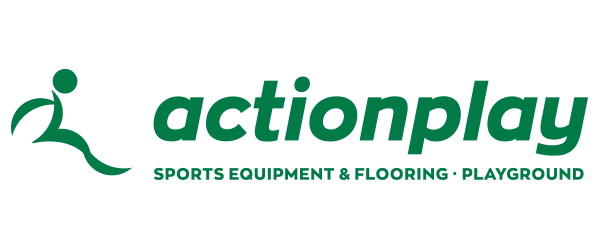For the playground equipments, legislation mandates testing of compliance for the equipment regarding the safety requirements EΝ 1176 (equipment) and EN 1177 (safety flooring), by an Accredited Independent Entity.
The purpose ,for the safety requirements, is to protect the child from hazards that is unable to predict by itself by using the playground equipment.
Actionplay, with its paramount goal the child’s safety, fully comply with the above safety standards.
• Definitions:
1. Playground equipment: concerns objects or structures in which or on which children can play individually or in groups. Such are the swings, the slides, the swings etc.
2. Play area: playground surface from which starts the use of equipment.
3. Free space: space in, on or around equipment that can understand the user (sliding, swinging, etc.).
4. Minimum space: space necessary for the safe use of equipment.
5. Falling area: the area in, on or around the equipment on which the user can be found by falling from a raised piece of equipment.
6. Free fall height: the largest vertical distance by the likely support area of the body until the impact surface.
• Zones
I. The minimum space must contain
1. The space occupied by the equipment (object dimensions)
2. The free space
3. The falling area
II. The space defined by a cylinder that represents the user in every possible movement or posture
• Dimensions of falling area
The minimum falling area, unless is indicated differently, is directly connected with the free fall height. So when free fall height y is more than 60 cm then the minimum size of the impact surface x = 1.5m. When the free free fall height y exceeds 1.5 meters, the minimum dimension of the impact surface x = 2/3 of that level, increased by 50 cm.
a) y> = 0,6 then x 1,5
b) y> 1,5 then x = 2 / 3y + 0,5
Observe that the minimum fall area (unless you specify otherwise) is 1.5 meters around the equipment.
• Free fall height
To determine the free fall height, must take under consideration the position of the user and the possible movements of the equipment (eg swinging). But it must always take into account the effect of the greater distance.
INSPECTION AND INSTALLATION
The installation of the equipment should be in accordance with the manufacturer’s instructions and provide operational safety. All equipment and components should be inspected and maintained according to the manufacturer’s instructions.
The inspection of the equipment usually includes:
a) visual inspection, where there can be found the risk that may arise from vandalism, misuse or bad weather. In playgrounds with daily and intensive use, a visual inspection can be daily.
b) operational inspection, which is a detailed review of the operation and stability of equipment and connections in relation to the damage. The periodicity should not exceed three months,
c) an annual inspection, which is the main inspection since there is a need to establish the overall level of safety of the playground (equipment, foundations, floors, fences). Therefore the annual inspection should be performed by competent personnel.












